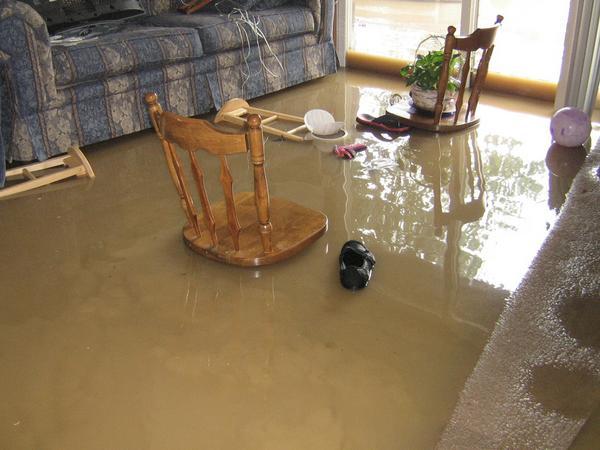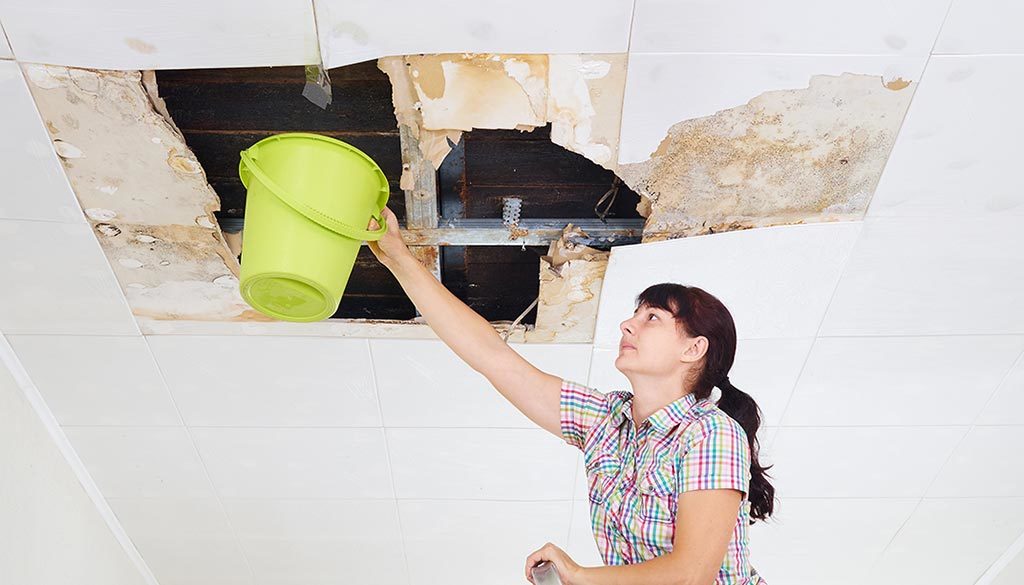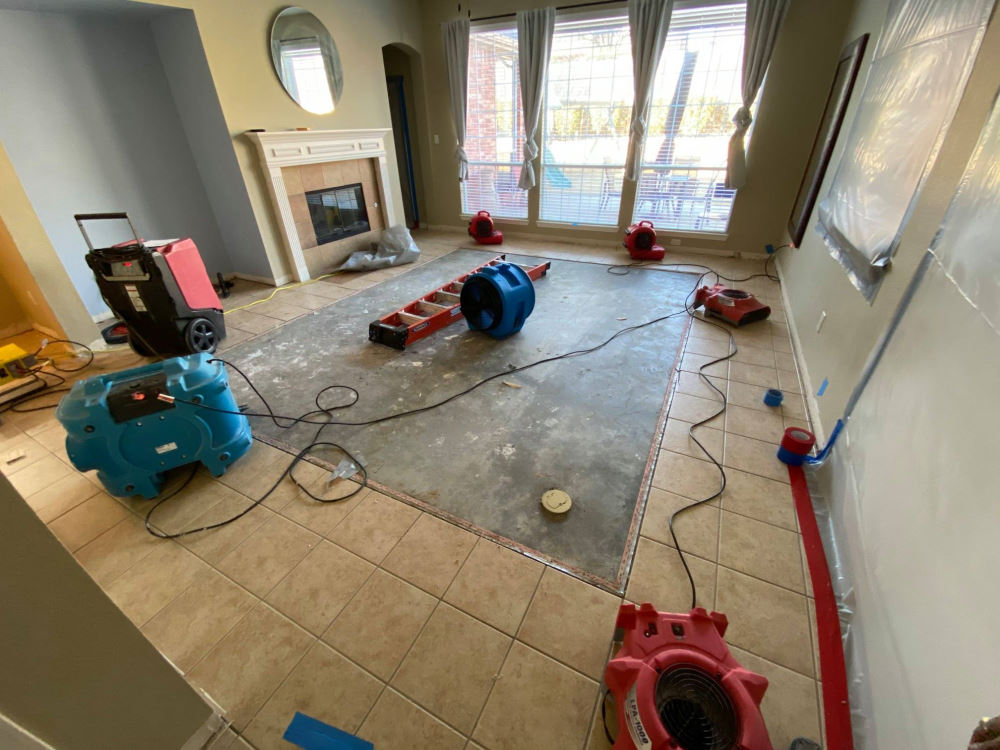Experienced Water Mitigation Company Offering Comprehensive Water Damage Solutions
Experienced Water Mitigation Company Offering Comprehensive Water Damage Solutions
Blog Article
The Process of Water Damage Cleanup: Ensuring Your Home Is Restored Efficiently
Water damage can be an overwhelming difficulty for homeowners, demanding a precise and organized cleanup process to recover safety and capability. damage restoration services. Following this, effective water extraction strategies play a pivotal role in alleviating further damage.
Analyzing the Damage
Upon uncovering water damage, the very first step is to thoroughly examine the level of the impact. This preliminary analysis is essential, as it assists establish the necessary steps for efficient clean-up and reconstruction. Begin by inspecting the affected areas, including walls, ceilings, floors, and personal valuables, to recognize the source of the water invasion, whether from flooding, leakages, or condensation.
Recording the damages is important for both insurance coverage cases and preparing repair initiatives - damage restoration services. Usage photos and composed notes to catch the intensity of the damage, noting any affected structural components and products. Pay unique interest to areas that may not be right away visible, such as behind walls and under carpets, as concealed dampness can cause additional problems, including mold and mildew development
Furthermore, assess the timeline of the water direct exposure. Ultimately, a thorough evaluation lays the foundation for a successful water damages clean-up process, making sure that all affected locations are addressed properly and thoroughly.
Water Removal Techniques

Specialists commonly employ completely submersible pumps for bigger volumes of water, which can rapidly minimize flooding in basements or other affected locations. For smaller sized quantities, wet/dry vacuums are frequently used to remove recurring wetness from rugs and hard surface areas. Furthermore, using portable extractors enables targeted elimination in restricted spaces or locations with delicate materials.
In circumstances of infected water, such as sewage or floodwater, progressed removal techniques might include making use of biohazard equipment to make certain security and compliance with wellness guidelines. High-powered extraction devices are vital in reducing water retention in architectural materials, which can lead to mold and mildew growth and architectural degeneration if not attended to quickly.
Inevitably, the efficiency of water removal methods plays a pivotal function in the overall success of the water damages cleaning process, preparing for subsequent reconstruction initiatives.
Drying and Dehumidification
As soon as standing water has been effectively drawn out, the following vital stage in the water damage clean-up procedure is drying and dehumidification. This step is crucial to avoid more damage and mold growth, which can take place within 24 to 48 hours in moist settings.
To achieve effective drying out, customized equipment such as industrial-grade air movers and dehumidifiers is utilized. Air moving companies flow air throughout wet surfaces, improving evaporation prices, while dehumidifiers lower moisture levels in the air, advertising a helpful setting for drying. The combination of these tools guarantees that wetness is attracted out from floors, furnishings, and walls, allowing them to dry thoroughly.
It is very important to keep track of the drying process closely. Professionals typically utilize wetness meters to evaluate the moisture content in various materials, making sure that all affected locations get to acceptable dry skin levels. This meticulous approach aids to avoid surprise dampness pockets that might result in structural damages or harmful mold growth.

Cleaning and Sterilizing
After the drying out and dehumidification phase is total, the following essential step in water damage cleaning is cleaning and sanitizing the impacted locations. This procedure is essential to stop the development of mold, bacteria, and other microorganisms that grow in damp environments.
The cleaning phase normally entails getting rid of any debris, dirt, and pollutants from surfaces utilizing specialized cleaning up agents. For difficult surface areas, a mix of soap and water or industrial cleansing items is commonly used. Soft products, such as furniture and carpetings, might call for extra considerable cleansing approaches, consisting of vapor cleansing or deep extraction methods, to guarantee extensive cleanliness.

Disinfecting adheres to cleaning, utilizing EPA-approved anti-bacterials to remove dangerous bacteria. This step is essential, specifically in locations that may have come right into call with floodwaters or sewage, as these resources can present major health threats.
Furthermore, it is essential to address any kind of staying odors, which might require making use of odor neutralizers or innovative methods like ozone treatment. Correct cleaning and disinfecting not only recover the safety and health of your home but additionally lay the groundwork for effective remediation and fixings in subsequent phases of the water damage cleaning process.
Repair and Repairs

When the assessment is complete, reconstruction initiatives can begin. This generally involves fixing or replacing damaged products, making sure that all work adheres to neighborhood building codes and standards. If drywall has been endangered, it will certainly require to be removed and replaced with new product. Furthermore, floor covering may require comparable interest, depending on the degree of water exposure.
It is essential to learn the facts here now involve skilled repair specialists during this procedure, as they possess the expertise to handle complicated repairs successfully. Furthermore, they can assist alleviate potential future issues, such as mold and mildew development or structural instability, thus making certain a habitable and risk-free click here to find out more living setting. Inevitably, effective restoration and repair work bring back the home's stability and boost its total value.
Final Thought
Finally, the procedure of water damages cleaning is essential for restoring a home to its pre-damage condition. Each stage, from assessing the damages to carrying out reliable water removal methods, complied with by detailed drying, sterilizing, and required repair services, plays a necessary duty in making sure security and compliance with building requirements. Effective implementation of these actions not just mitigates prompt damage yet likewise boosts the lasting stability and worth of the residential property.
Water damages can be a challenging obstacle for homeowners, necessitating a precise and organized cleanup process to recover safety and performance. Eventually, a thorough assessment lays the groundwork for an effective water damages clean-up procedure, making certain that all affected areas are addressed efficiently and completely.
Reliable water removal strategies are important in mitigating damage and avoiding additional issues adhering to a water invasion event.In final thought, the process of water damage cleanup is critical for restoring a home to its pre-damage condition. Each phase, from assessing the damages to executing efficient water extraction techniques, complied with by extensive drying, sterilizing, and required repair services, plays an essential role in guaranteeing safety and conformity with structure requirements.
Report this page